By : Nikon School Blog | 17 Mar, 2016 |
What to do when you have a blazing sun and subjects in shade in the same frame?
Shooting in uneven light is one of the most common and frustrating challenges faced by photographers. The pros often resort to proper planning to avoid such situations in the first place, but the hobby photographer often lands up at the right place at the wrong time, causing great difficulties to expose all parts of a scene with high contrast.
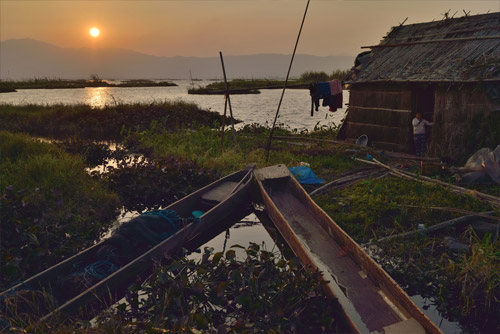 A typical high contrast scene during sunset
A typical high contrast scene during sunset
Thanks to the modern Nikon DSLRs with exceptional dynamic range, meaning the ability to expose both the dark and bright areas of a frame, shooting such scenes is much easier today even for the photographers starting out.
The first trick is to understand the simple rule that in digital format, exposing for the highlights is always better. This means, in a scene where bright and dark areas co-exist, we have to let the camera meter for the bright areas.
Why? Simply because in a digital image, the chances of recovering details from shadows is higher than that from the bright areas called highlights. So, in case of a high contrast scene, which has both highlights and shadows, the first step is to under-expose the scene. This will ensure that the highlights are correctly exposed. Use matrix metering and set exposure compensation at -1 or -2. If you use spot metering and meter the highlights, do not use compensation.
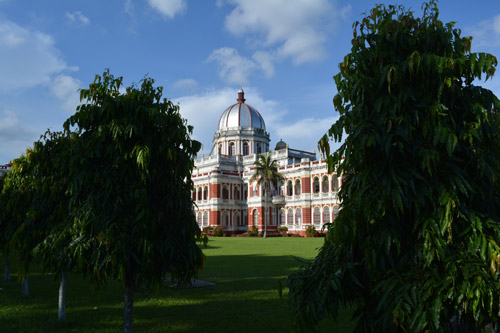 Matrix metered scene with -1 underexposure
Matrix metered scene with -1 underexposure
Often this technique will result in dark or under-exposed shadows. To correct this, we have many options. The first one is available within all Nikon D-SLRs. It's called Active D'lighting. It's turned on by default and when it's on, the camera processor increases brightness of the shadow areas while maintaining highlight details. In ideal situations, slightly over-exposed highlights are also corrected by Active D'lighting (ADL). In many Nikon D-SLRs, (other than the D3XXX series) there are levels of ADL like low, normal, high, extra-high. The higher levels are for scenes with higher contrast.
You can also go to the retouch menu option and apply the D'lighting retouch on an image to brighten the shadow areas.
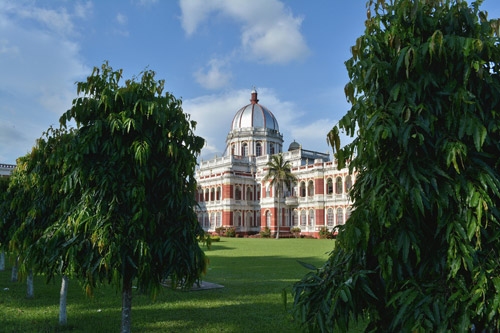 Under-exposed shot with High Active D'lighting
Under-exposed shot with High Active D'lighting
For really tricky situations, new generation Nikon D-SLRs provide a wonderful feature called 'HDR' (high dynamic range). The in-camera HDR feature in Nikon DSLRs takes an image exposed for the highlights and one for the shadows and then merges them in-camera. The result is an HDR image which has uniform exposure throughout the frame.
HDR can also be applied in various degrees by selecting the various options in the HDR menu. Only JPEG files can be shot in this mode and since two images are merged, HDRs should ideally be shot using a tripod to avoid improper image merging.
Both ADL and HDR modes work best when matrix metering is selected.
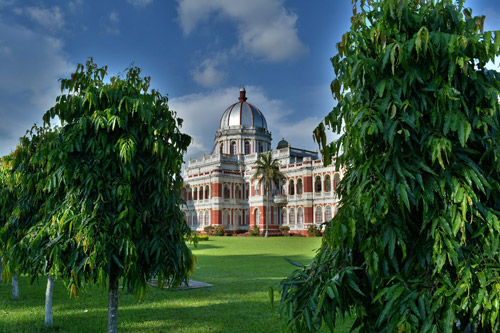 HDR (extra high) applied to a high contrast scene
HDR (extra high) applied to a high contrast scene
Probably the most effective way to get the most out of a high contrast scene is to shoot RAW. The RAW file preserves most data in both the shadows and highlights. If the original exposure was about 2 to 3 stops under, then you can use Capture NX-D to apply shadow correction and most of the underexposed data can be recovered.
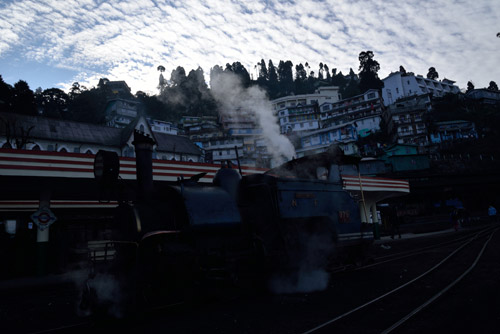
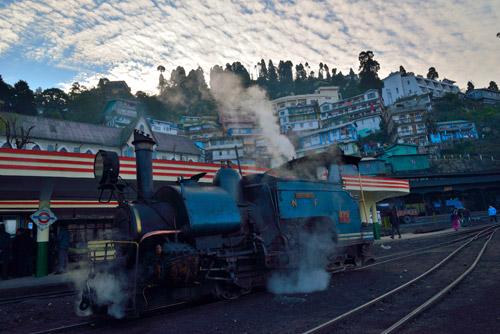 Underexposed NEF file corrected with Capture NX-D
Underexposed NEF file corrected with Capture NX-D
When shooting against the light, the same techniques can be used.
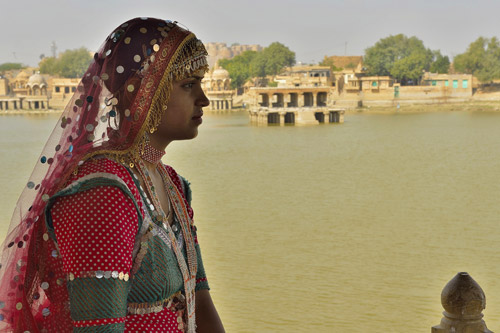 A back-lit portrait corrected using ADL
A back-lit portrait corrected using ADL
Do remember that any high contrast scene is potentially tricky and the above mentioned ways are to be tried when faced with difficult situations. Better try to avoid them in the first place by being at a location with the right kind of light.